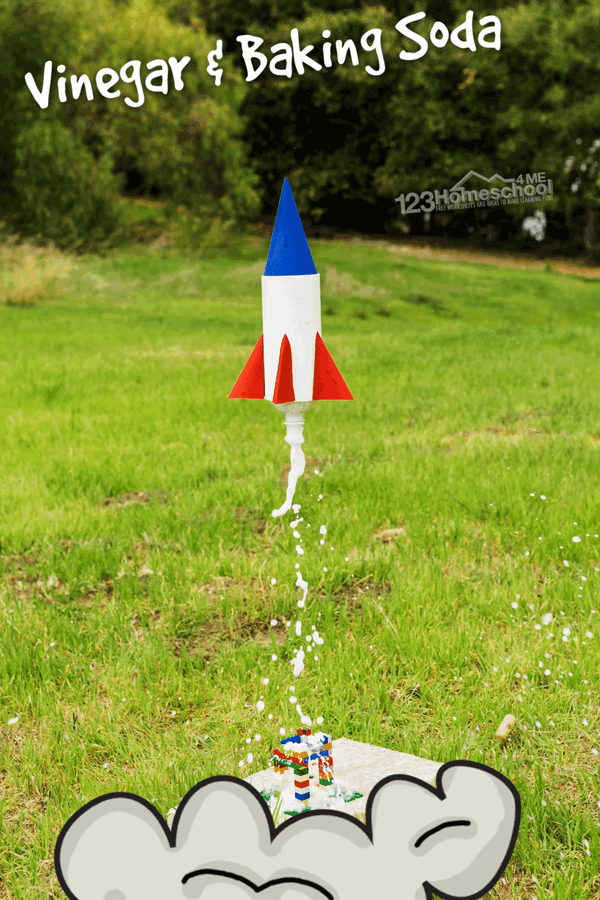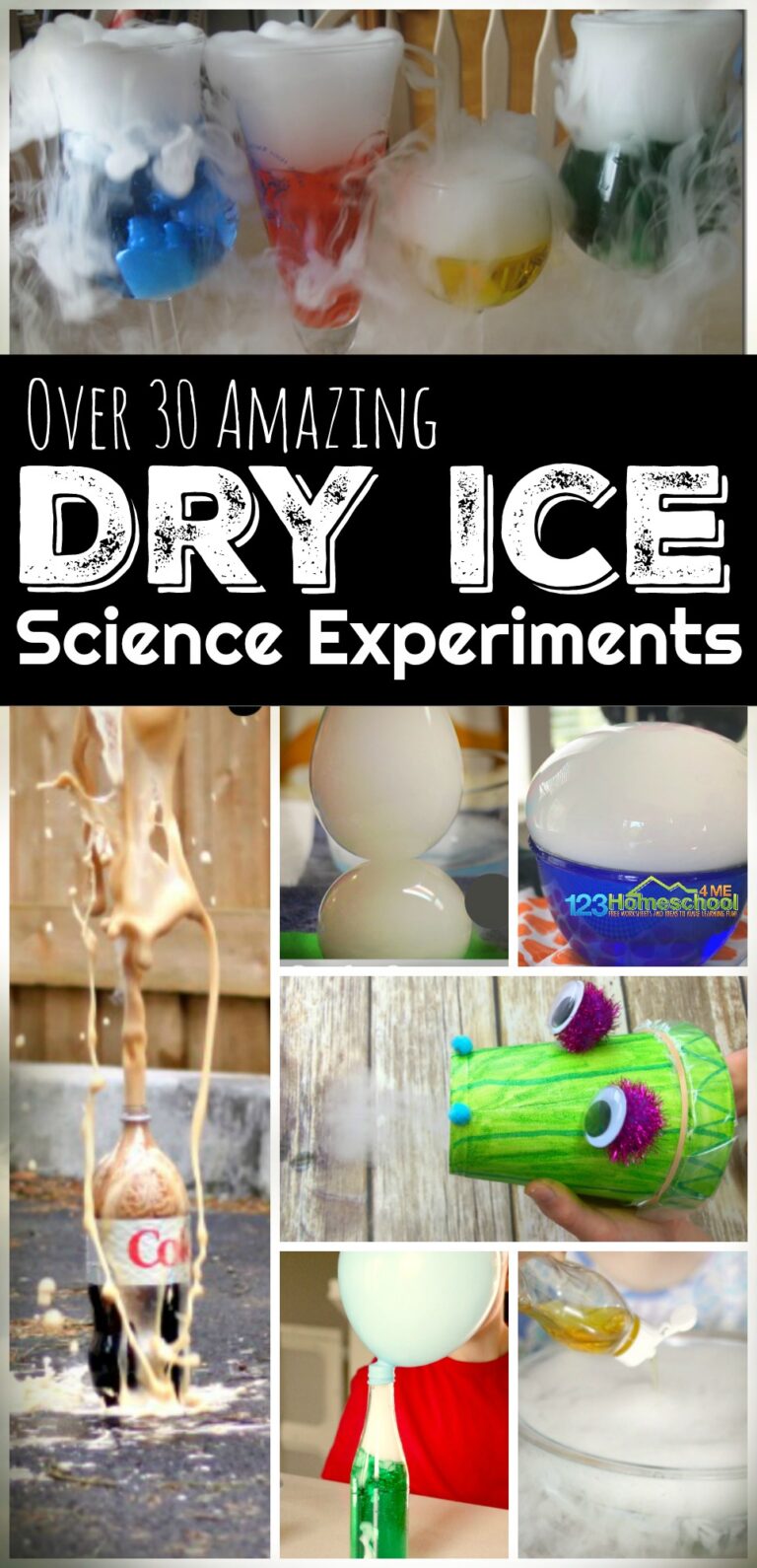This Simple Chemical Reaction Experiment allows kids to learn about chemistry with a simple experiment you can make in your kitchen. This steel wool and vinegar reaction is such a fun, easy science experiment for preschool, pre-k, kindergarten, first grade, 2nd grade, 3rd grade, and 4th grade students.

Steel wool and vinegar reaction
Children will be amazed and excited to try this chemistry science experiment for kids that is super easy to try! All you need is a few simple supplies you probably already have in your house to try this steel wool and vinegar reaction. This steel wool and vinegar experiment is fun for preschoolers, kindergartners, grade 1, grade 2, grade 3, and grade 4 students.
Whether you are a parent, teacher, or homeschooler – this fun chemical reaction experiment is a must!
Steel wool and vinegar experiment
Have you ever mixed vinegar and baking soda and watched it fizz and foam. This basic science project is an example of a chemical reaction. In a chemical reaction, two or more different molecules react with one another and form new molecules. In this case, vinegar (acetic acid) reacts with the baking soda (sodium bicarbonate) to form carbon dioxide gas. This gas is what forms the bubbles in the reaction.
Chemical reactions like this happen all the time. When food is digested and silver tarnishes, a chemical reaction has taken place. Sometimes these reactions create more than new molecules. Sometimes, they create heat. This type of chemical reaction is called an exothermic reaction. Try this simple experiment to produce and observe an exothermic reaction.

Vinegar and steel wool reaction
Gather these supplies to get your experiment started.
- steel wool
- 2 glass beakers or 1 beaker and one small glass bowl
- thermometer
- vinegar

Steel wool and vinegar chemical reaction
Place a small piece of steel wool in beaker or small glass bowl. Cover the steel wool with vinegar and let it set for one minute. Remove the steel wool and gently squeeze out any excess vinegar.
Wrap the steel wool around the base of the thermometer and place the thermometer into the glass beaker. Cover the beaker with a paper towel or a lid to trap the heat inside.

steel wool and vinegar reaction formula
Record the starting temperature and then record the temperature every 30 seconds for 5 minutes. Note any changes to the beaker or its contents.

steel wool and vinegar reaction balanced equation
Steel wool contains iron. When iron is exposed to oxygen, rust forms. Rust is a product of a chemical reaction between iron and oxygen.
Steel Wool has a protective coating that keeps oxygen from coming into contact with the iron. Vinegar contains acetic acid which removes this coating. When the protective coating is removed, oxygen in the atmosphere can reach the iron in the steel wool and a chemical reaction called oxidation occurs. Rust is created.
This reaction is also an exothermic reaction. It creates heat energy. You should be able to read the increase in temperature on the thermometer. You might, also, notice condensation on the sides of your beaker. This is caused by the increase in the temperature inside the beaker.

Iron and vinegar chemical reaction
You can experiment further by trying this with liquids other than vinegar. Try water, milk, or orange juice. You can also vary the amount of steel wool or the size of the beaker. Note the differences and try to determine why those differences occurred.
Fun Science Experiments
- 30 Simple Machines for Kids Experiments
- Launch this experiment and record your findings with this Coke and mentos experiment worksheet
- Lots of FUN Solar System Project Ideas for kids
- Printable Solar System Worksheets (free) or planet worksheets for kindergarten
- Grab these free printable solar system coloring pages
- Life-size Human Body Project with free printable body parts
- Colorful Capillary action science experiment (also known as walking water)
- 100 Amazing Food science experiments – arranged by type of science
- Free Printable Human Body for Kids Playdough Mats
- Leak proof bag fun science experiments
- Older students can dive deeper with these free skeletal system worksheet pages
- Amazing Why do leaves change color experiment
- Learn about seasons with this cool free 4 seasons printables
- Animals and their Babies matching puzzles
- Take a closer look at animals with this free printable animal report for for kids
Science Exeriments for Kids
Looking for lots more fun, science experiments for kids? You’ve GOT to try some of these outrageously fun science experiments for kids! We have so many fun, creative and easy science experiments for elementary age children:
- How to Make a Lava Lamp – super easy and SO cool!
- Weather Unit for prek-3rd graders filled with experiments, activities and weather worksheets
- Make it rain and write your observations in these cloud in a jar experiment worksheet
- Learn about our moon with these activities and moon worksheets for 1st grade
- Free Water Cycle Worksheets for kids
- Discover a world of geology with these rock worksheets for kids
- Free printable states of matter activity with clip cards
- Discover what lies below the surface with these free Layers of Earth Worksheets
- Make playdough earth layers with this super cool geology experiment for kids
- LOTS of year-round Science Experiments for Kids
- Kids will love this outrageously fun pipe clean constellations activity
- This look inside a volcano experiment for kids takes learning to a whole new level
- Chromatography Butterflies project for kids
- Learn about the kingdom Animalia with over 20 Zoo Scavenger Hunt free printables
- Harness the power of fruit with this simple Lemon Clock for kids
- Easy Bernoulli’s principle experiment at home
- Amaze kids with this simple burning candle experiment with free worksheets
Easy Science Experiments
- Gross and so cool Digestive System Project for kids of all ages
- Amazing Rainbow in a Jar Experiment for Kids
- Epic Baking Soda and Vinegar Rocket Experiment
- Cool Milk and Vinegar Expeirment making plastic!
- Learn about your amazing brain with this activity and brain worksheets
- How do hands work project for kids
- Super cool and easy-to-make, working lego balloon car
- Plants for kids lesson
- Explore magnets with these EPIC magnet experiments for kids
- Popsicle Stick Catapult for kids – simple STEM project
- Simple light bulb experiment (it actually lights up!)
- Easy-to-make balloon hoovercraft
- Bouncy Eggs and eggs in vinegar experiment worksheet
- Learn about density for kids with these simple balloon solid, liquid, gas hands-on activities
- Create your own super simple bot
- Beautiful, color changing capillary action experiment with flowers
- WOW your kids with how to make a Newton’s cradle project
- Heat-sensitive, Color Changing Slime is SO COOL!


















